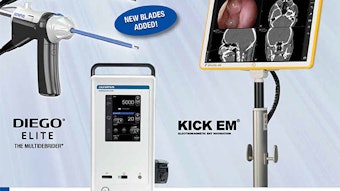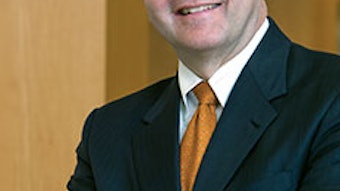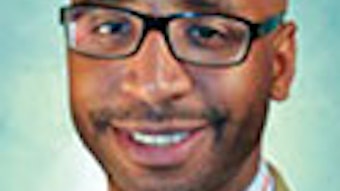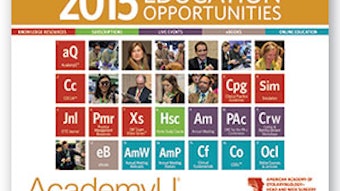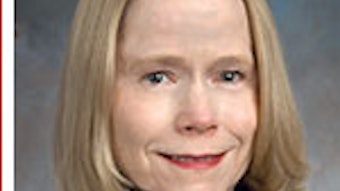A blueprint for the future
I am excited to be assuming the role as your EVP/CEO. During the last five years, I have experienced the barriers, distractions, and aggravations that take away from physicians’ ability to deliver the best care possible both from the private and academic perspectives.
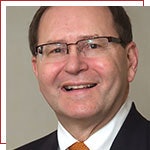
I am excited to be assuming the role as your EVP/CEO. During the last five years, I have experienced the barriers, distractions, and aggravations that take away from physicians’ ability to deliver the best care possible both from the private and academic perspectives. The ongoing and accelerating process that represents “healthcare reform” affects us all—and our patients.
Before I review what I expect to be an active winter and spring, I want to personally, and on behalf of our Members and patients, thank David R. Nielsen, MD, for the exceptional job he did as our Academy’s executive vice president/CEO for the last 13 years. His commitment to improving patient care through quality programs initiated during his tenure and his leadership in the “quality arena” have positioned otolaryngologists to participate in the new payment system as high quality, high value providers. The planning process that Dr. Nielsen put in place has resulted in a strategically focused operation that has produced a synergy between the Boards of Directors and the incredible Academy staff that he assembled. He has been a clear and unwavering voice for our Members and patients throughout his tenure as the CEO.
There are many forces, acting both in concert and independently, that are shaping a healthcare delivery model that will be significantly different for our Members and their patients. Legislative, regulatory, and market forces will each affect the way we will need to adapt to provide the best care for our patients. While it is not clear what model or models will emerge or the timeframe during which this will take place, it is certain that predictable elements will be a part of the resultant system. All iterations of “reform” will hold providers responsible for “quality, evidence-based care” that is measureable. “Value,” as determined by both quality and cost, will be demanded by both patients and payers. Patient-centered “team-based” care will flourish and be the norm for common disease processes. It is likely that there will not be a single methodology of reimbursement for providers, but rather a menu of options, many of which we are unfamiliar with today.
Forces, both from within medicine and otolaryngology as well as external influences, will present challenges and opportunities that we will need to address on both a short- and long-term basis. Issues such as pediatric otolaryngology subcertification, the change in the Medicare payment system to all 0-day global procedures, changes to the continuing education system that affect MOC (maintenance of certification) and MOL (maintenance of licensure), and the ongoing scope of practice challenges will need collaborative discussion and solutions.
Among the great strengths of otolaryngology are the diversity of our Members and their skill sets. We have specialties that contribute to advances in patient care and educational efforts based on their work. This, however, also adds difficulty in serving this membership based on both identifying issues and assembling the resources to deal with them. This puts a premium on strategic planning and budgeting based on accurate prioritization of needs within our specialty and the ability to work together as a team for the good of all.
Otolaryngology needs all otolaryngologists to work together collaboratively when possible. This will allow us to maximize resources, avoid duplication, and generate a blueprint for the future of the specialty while maintaining the identity and relevance of each organization. To that end, the AAO-HNS will convene a summit in March 2015, prior to the AAO-HNS/F strategic planning retreat and the Leadership Forum. We have invited the specialty societies within otolaryngology as well as representatives from the American Board of Otolaryngology, the Society of University Otolaryngologists, and The Triological Society to a facilitated strategic meeting designed to understand the needs and concerns across the specialty and determine how we can best work together. I hope this will be the beginning of regular meaningful dialogue. A unified specialty will allow us to serve our patients and Members most completely.
AAO-HNS/F will work with all appropriate groups to produce educational opportunities that we hope will satisfy continuing education, MOC, MOL, and quality reporting requirements as a one-stop option to make things easier for our Members.
Finally, I want you to know how honored and humbled I am to take over as your executive vice president/CEO. I assure you I will do everything possible to work for you and your patients.
